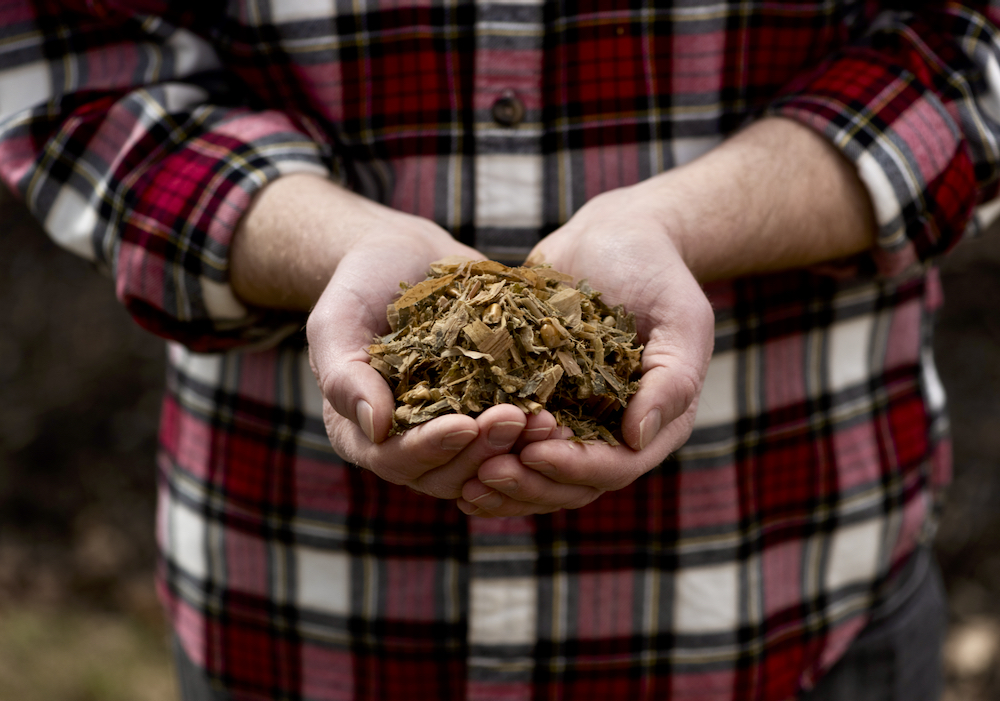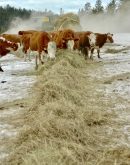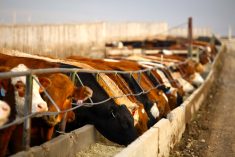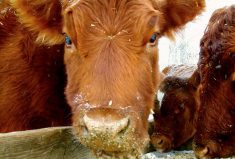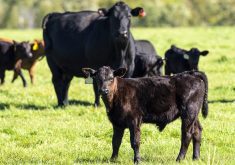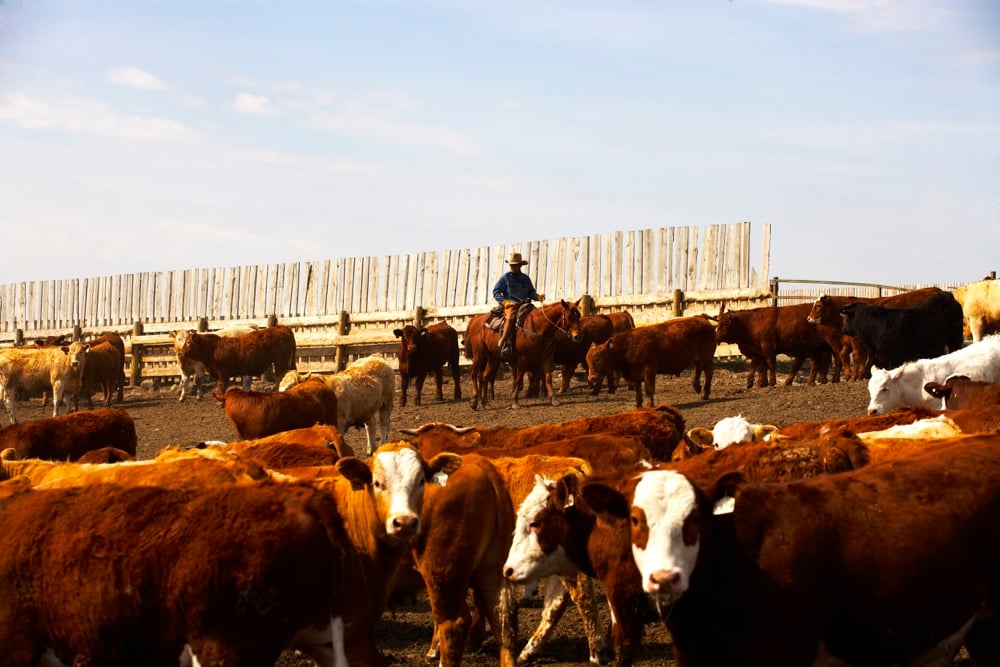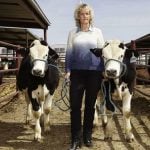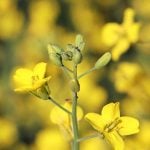Alltech’s 2024 Canadian Harvest Analysis revealed significant regional variability in contamination levels in silages and grains, said the company in a press release.
Early harvest testing suggests corn silage may be a higher-risk commodity across Canada, says Alltech. Barley may have a greater prevalence of mycotoxins, and in higher concentrations, than wheat. At press time, Alltech didn’t have results on corn grain, but reminded producers that corn is often at risk.
Mycotoxins, produced by moulds and fungi, can influence feed quality and subsequent animal health and performance. Difficult to detect, they can damage animal health before producers realize they’re present. Alltech states that they are becoming more prevalent and problematic, pegging 95 per cent of crops today as contaminated with at least one mycotoxin.
Read Also
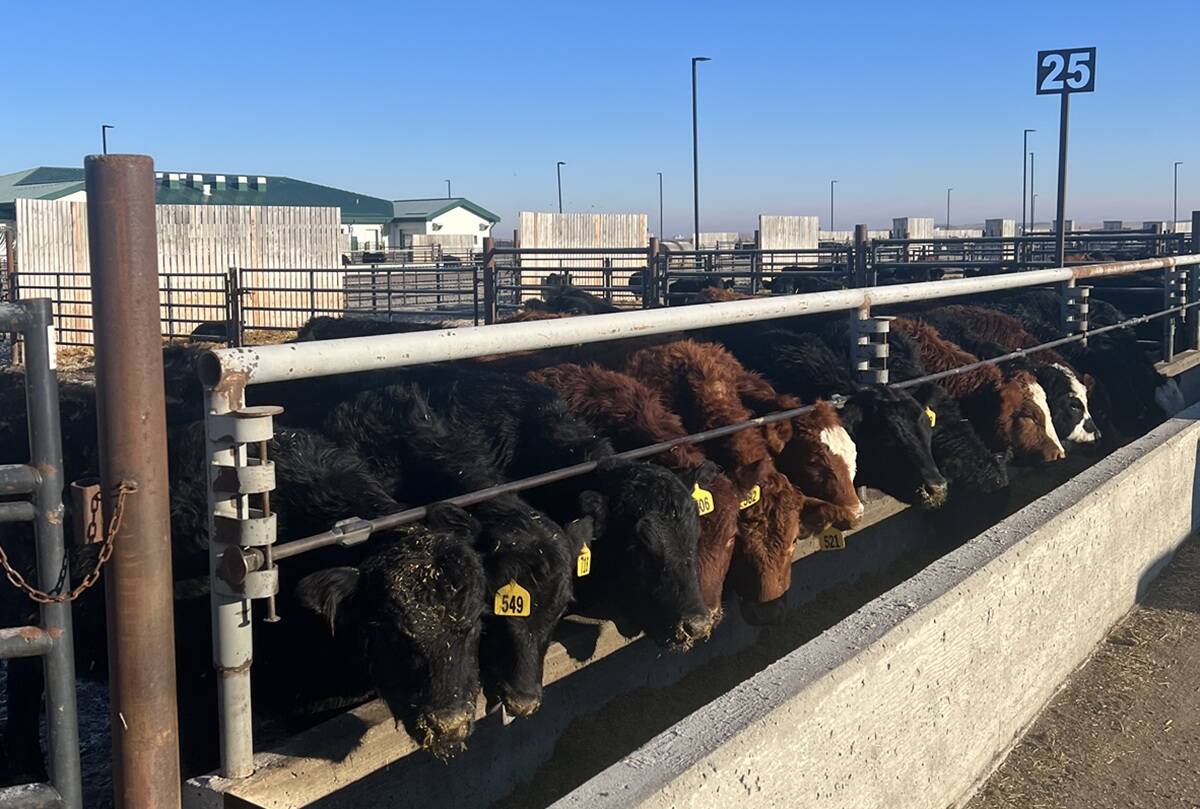
Managing newly received calves in the feedlot
What should cattle feeders focus on after calves arrive at the feedlot?
“Canada has experienced a change in weather patterns from last year, particularly of note the greater rainfall across the Prairies,” said Dr. Alexandra Weaver, global technical support for Alltech, in the release. “As a result, there appears to be greater mycotoxin risk in the Western Canada 2024 harvest than last year. We’ve also noticed continued risk from deoxynivalenol and zearalenone in Eastern Canada, which can impact animal health and performance.”
Other early results from the Alltech 2024 Canadian Harvest Analysis include:
- Quebec: Ninety per cent of corn silage samples have tested positive for zearalenone (ZEA), with maximum levels reaching 1,369 ppb. Deoxynivalenol (DON) is found in 68 per cent of samples, peaking at 6,782 ppb. T2-HT2 toxins are less common (25 per cent) but still pose a risk.
- Ontario: Wheat samples show a 63 per cent prevalence of DON and 45 per cent for ZEA, with moderate risk levels on average. Corn samples have tested positive for DON with a maximum of over four ppm, with levels most problematic for swine, young and breeding animals.
- Manitoba: Fifty-nine per cent of barley samples contain DON, with maximum levels up to 3,700 ppb. Corn silage shows a 100 per cent prevalence of ZEA, peaking at 1,118 ppb, and a 64 per cent prevalence of DON, with a max of 3,200 ppb.
- Saskatchewan: Eighty-eight per cent of barley silage samples contain ZEA, and 30 per cent have DON. T2-HT2 toxins also have a presence, at about 43 per cent occurrence. All three mycotoxins average lower risk, but with potential for higher risk levels in some samples.
- Alberta: Barley silage shows lower risks, with ZEA detected in about 22 per cent of samples. Corn silage shows a greater risk from ZEA, in 100 per cent of tested samples and a maximum detection of over 700 ppb. Corn silage also shows a presence for DON and T2-HT2 toxins.
- British Columbia: Corn silage samples show a presence of multiple fusarium mycotoxins, including DON, T2-HT2 toxins, ZEA and emerging mycotoxins. On average, DON, T2-HT2 toxins and ZEA have been detected at lower-to-moderate risk for dairy cows. However, some silage samples have shown high risk levels of DON and T2-HT2 toxins.

